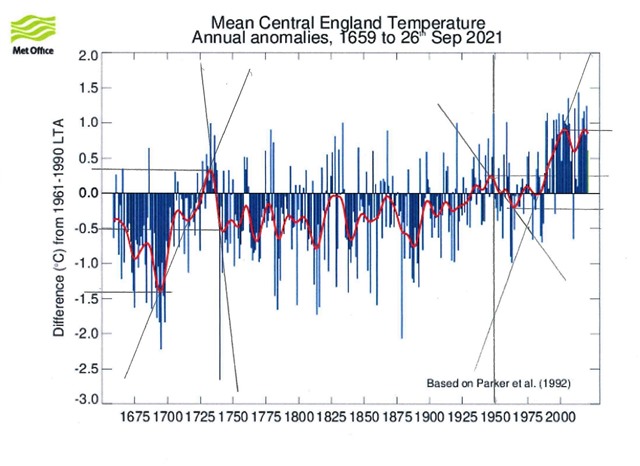Just reported in E&T HERE the National Energy System Operator (NESO) claims that Labours plans to decarbonise the grid by 2030 is “just feasible”, but to do so would need an approach based on smaller generators – typically wind and solar. This does not sit easily with the fact that, over the last week wind and solar generation have contributed a negligible amount to the grid, the majority capacity provided by gas. From gridwatch ( https://www.gridwatch.templar.co.uk at 17.15 5th November , wind is providing 0.91 GW (2.3%), solar 0, gas 23.3 GW (58.6%), nuclear 4.7 GW (11.8%), and that has been the situation for over a week.
Adding a lot more wind and solar generators will not help the situation, and grid storage for at least a week’s grid capacity is not likely to be available and installed by 2030. More nuclear would be necessary, but even getting sufficient installed capacity by 2030 seems unlikely.
Or have I got it wrong?
David

